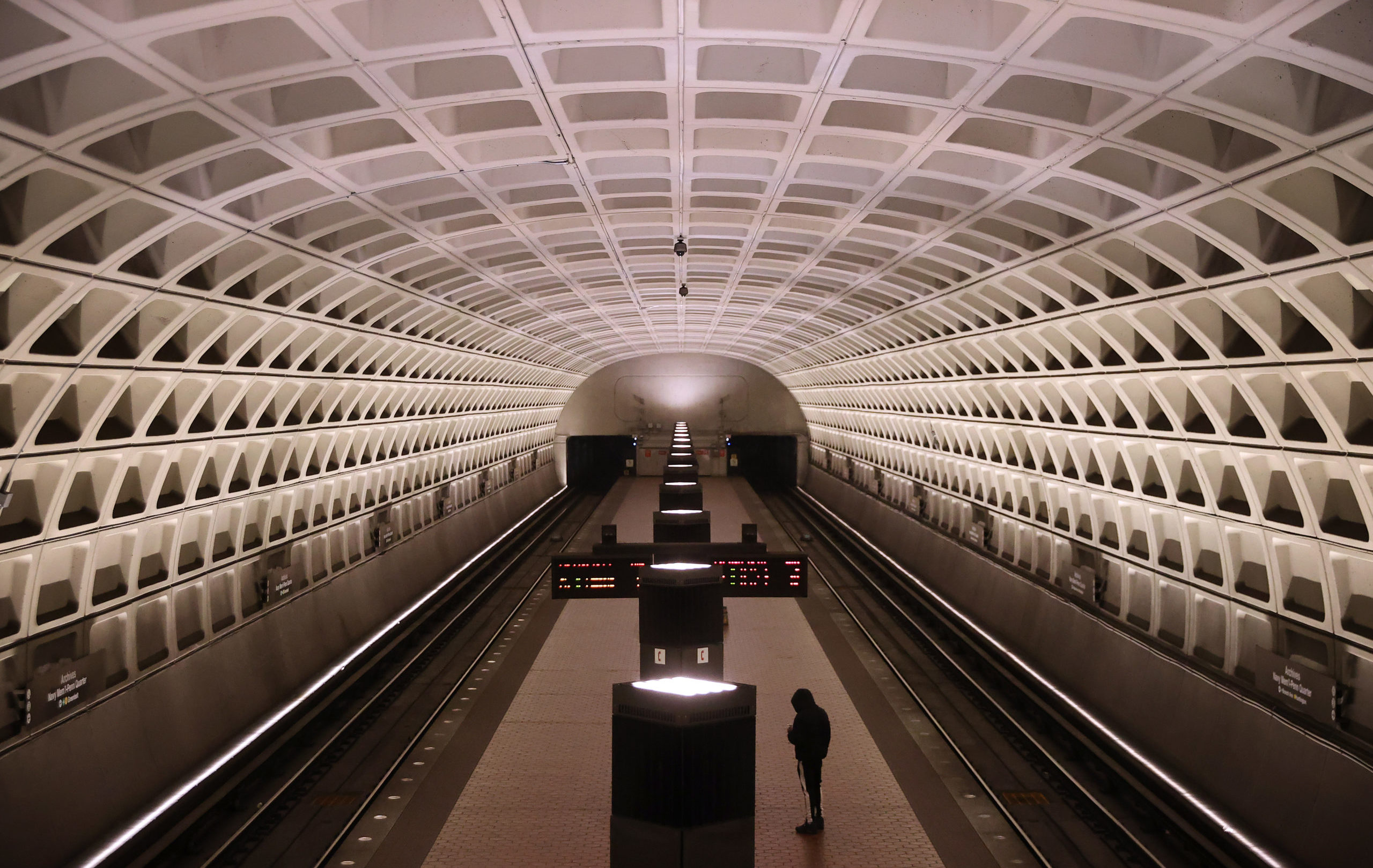Transit Gloria Urbis
The mindset has to change from “How many people can we cram in?” to “How many riders can we entice?”

Public transportation—buses, streetcars, light rail, subways, commuter trains—is a city’s circulation system. It brings people into the city, moves them around in the business district, and, if they are suburbanites, takes them home at the end of the day. From a city’s perspective, cars are a poor alternative. Rush-hour traffic jams drive people away, cars take up enormous amounts of valuable real estate, and are hostile to pedestrians, who are a city’s lifeblood. If a city does not have a large number of pedestrians, especially with disposable income, it is a dying city. It is no accident that the first chapters of Jane Jacobs’s magnificent book The Death and Life of Great American Cities are devoted to sidewalks.
Unfortunately, the corona panic dealt a body blow to public transportation. New York City, which has the country’s largest public transportation system, has seen ridership fall to about two-thirds of its pre-Covid level. San Francisco’s BART system is carrying only about one-third of its pre-panic riders. Other big cities are showing similar collapses. The umbrella group of most public transportation systems, the American Public Transportation Association, recently reported that transit carried 883 million fewer riders in the third quarter of 2022 compared to the same quarter in 2019.
Comments